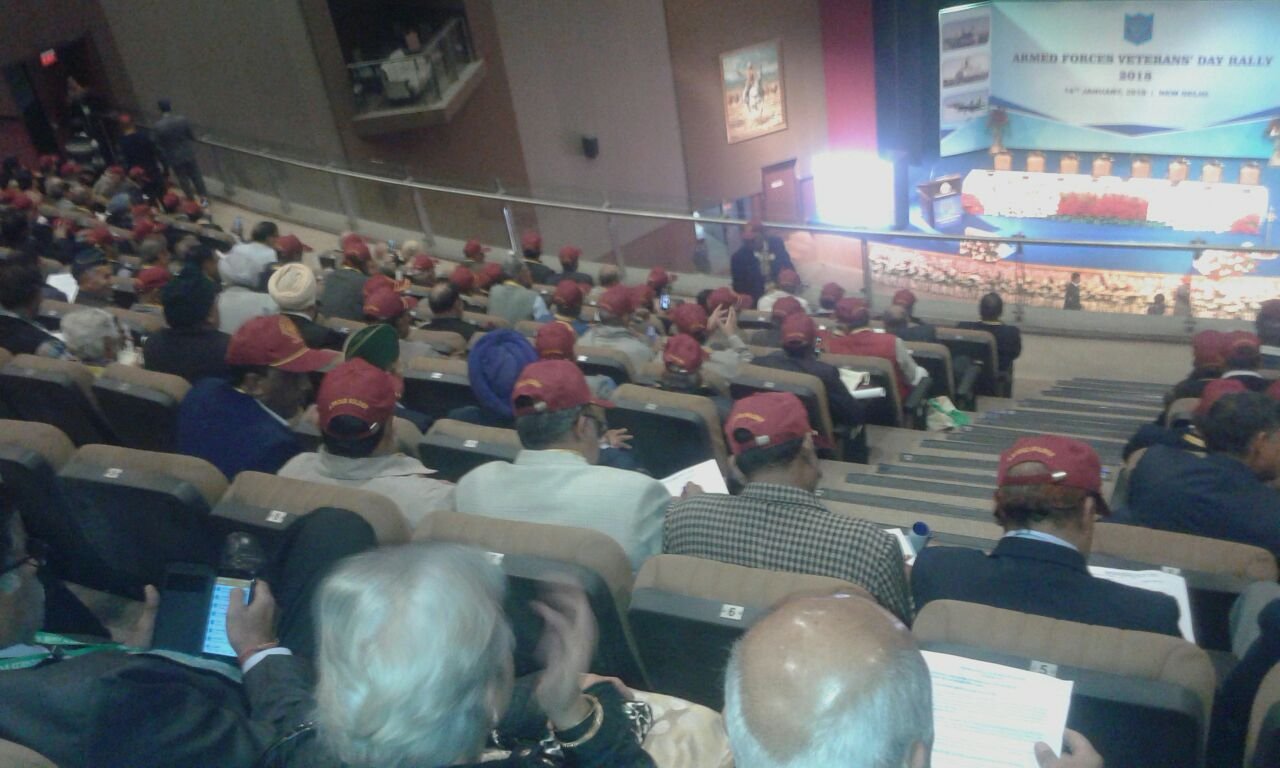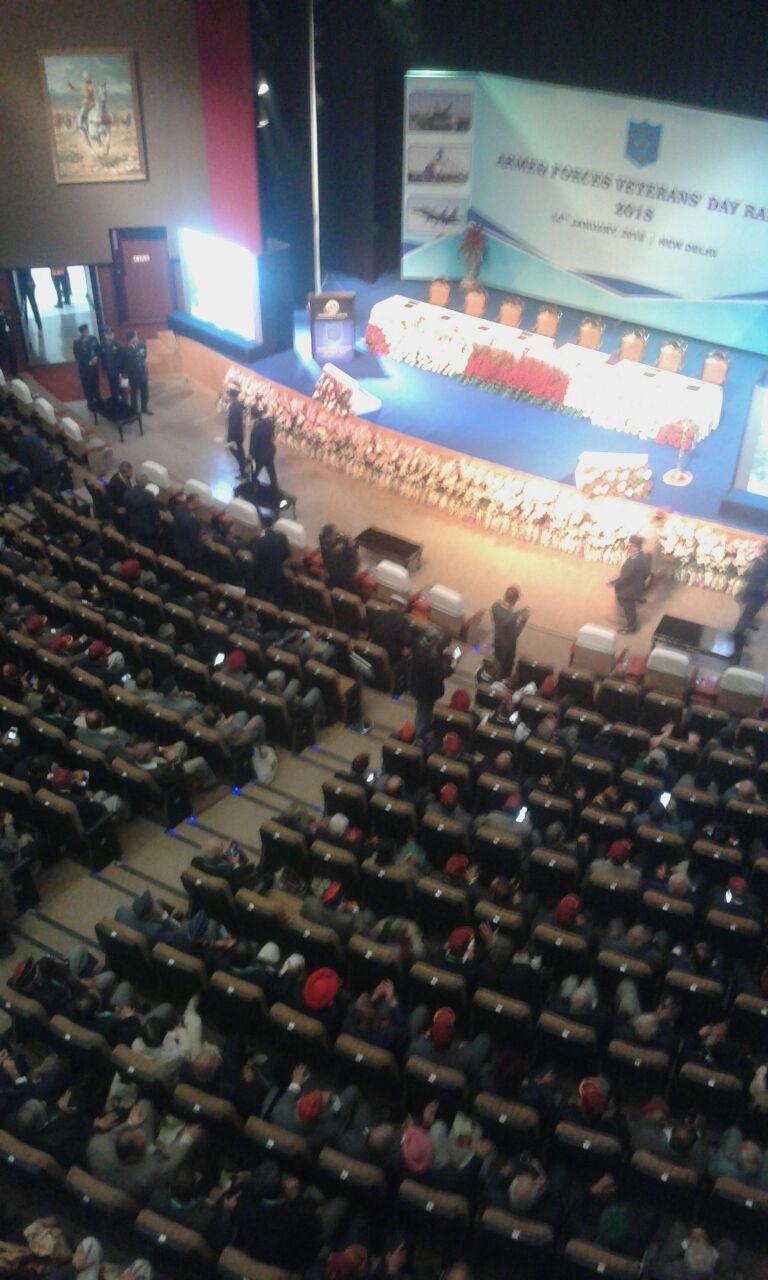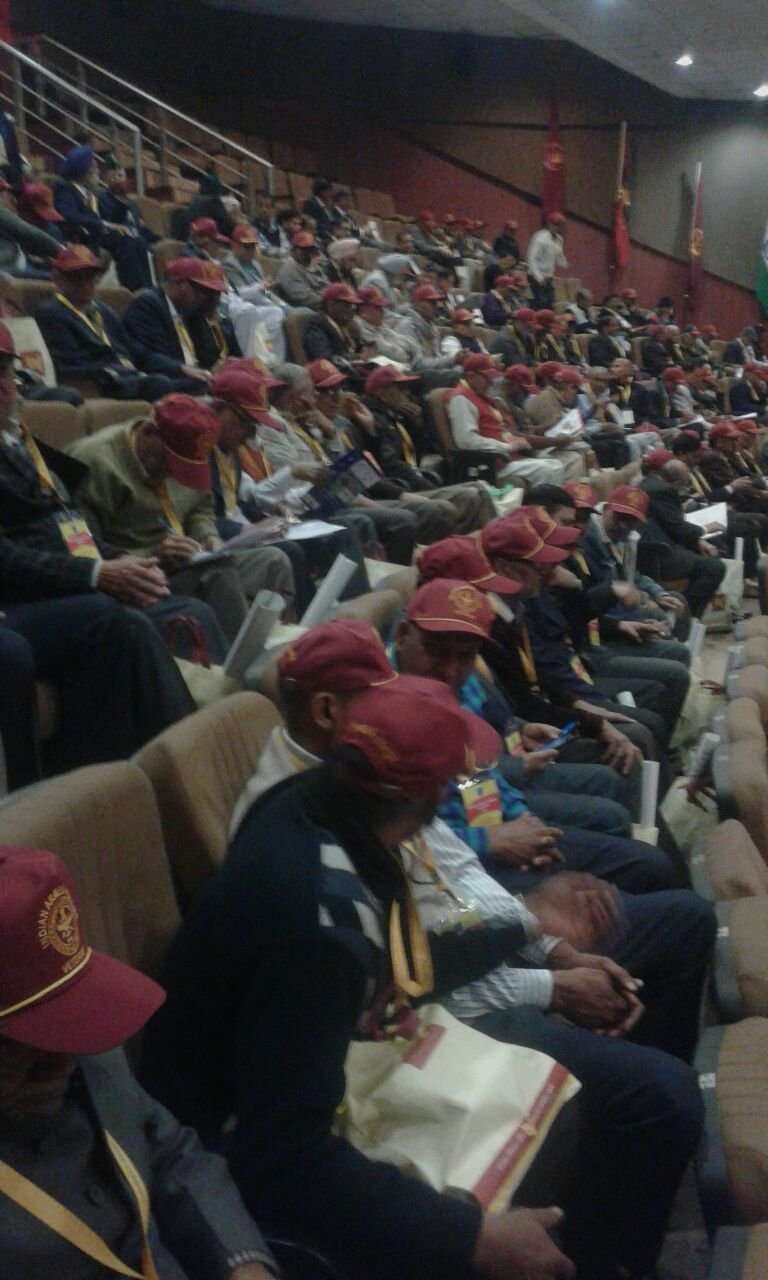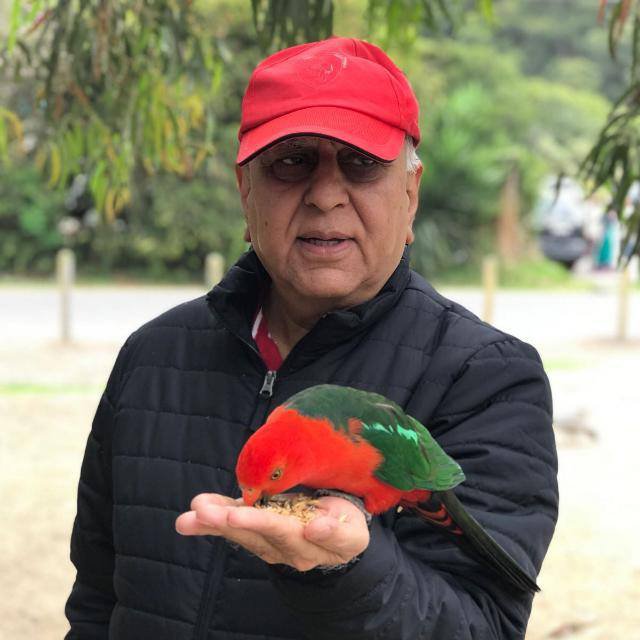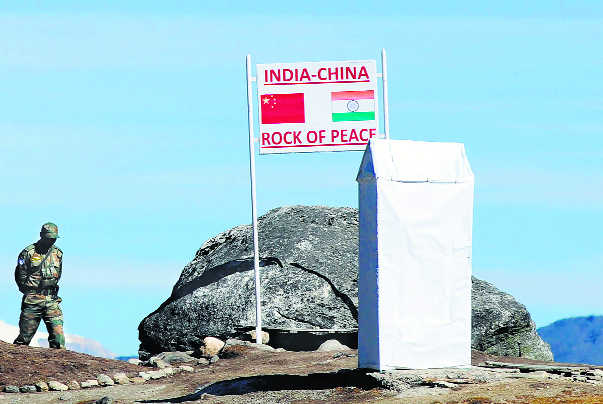
A total of 72,400 assault rifles and another 93,895 carbines will be procured. — Photo for representation
Ajay Banerjee
Tribune News Service
New Delhi, January 16
The Defence Acquisition Council, the top decision making body of the Indian Ministry of Defence, on Tuesday okayed a Rs 3,547-crore project to acquire two separate types of rifles for the Indian Army.(Follow The Tribune on Facebook; and Twitter @thetribunechd)The DAC, headed by Nirmala Sitharaman, okayed the procurement of 72,400 assault rifles for the infantry and another 93,895 carbines for close quarter encounters in built up areas – largely fighting insurgency. The assault rifles will replace the Army’s standard assault weapons. This will replace the existing INSAS (Indian Small Arms System) rifle, a 5.56 calibre, which was designed some three decades ago. The new rifle will be 7.62 calibre, meaning it can fire bigger ammunition.The carbines are seen as replacement for the Russian made AK 47 assault rifles. These will weigh less than 3 kg and have the ability to fire at distances up to 200 metre.Besides the numbers okayed today, the Army needs another 6 lakh assault rifles and the 3.25 lakh carbines.The remaining quantity will be made in two tranches – 25 per cent by the Ordnance Factory Board and the remaining by the Indian private industry.The one developed in India will eventually be the standard issue for the forces and also the Central Armed Police Forces (CAPFs). This will mean some 15-18 lakh such rifles in all.In June last year, the Army rejected the rifle made by the Ordnance Factory Board (OFB). The OFB made eight such pieces which were being tested by the Army. The OFB is not happy with the Army’s decision and says the weapon did well in the trials. A reliable weapon of an infantry or a paramilitary soldier is a good self-loading rifle that can fire with accuracy. The DAC also made some changes in the policy for make in India procedure, this includes relaxation in norms to participate in prototype development.













